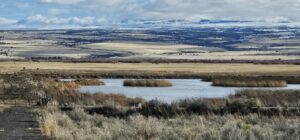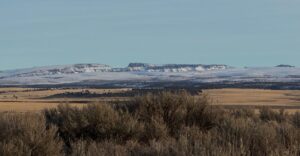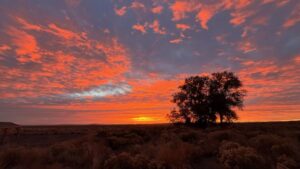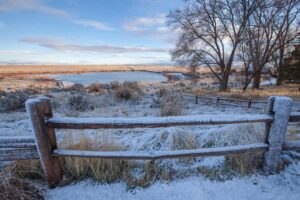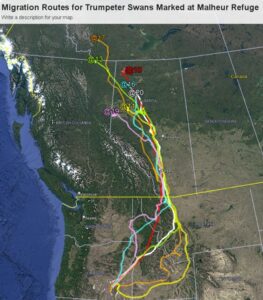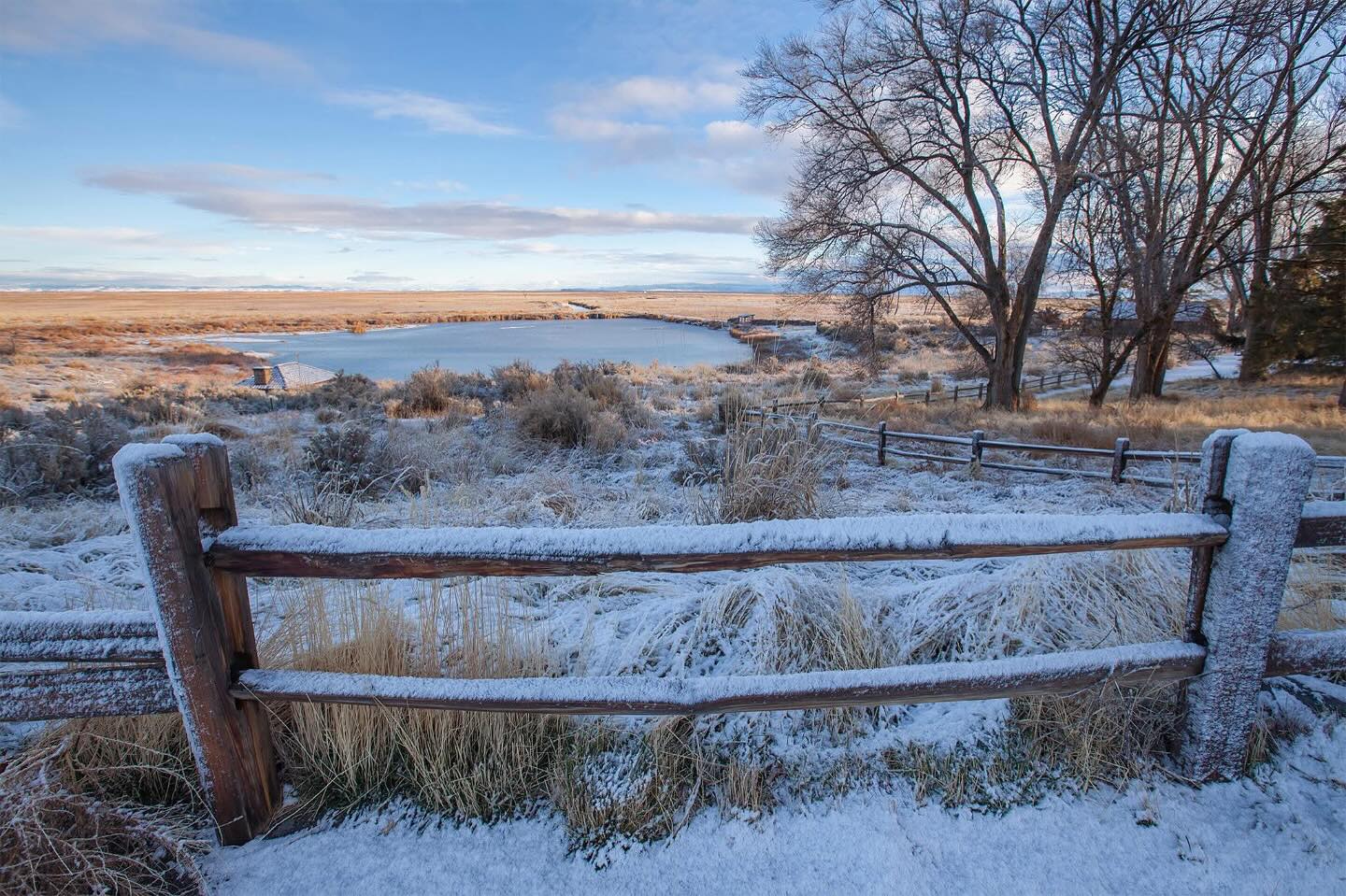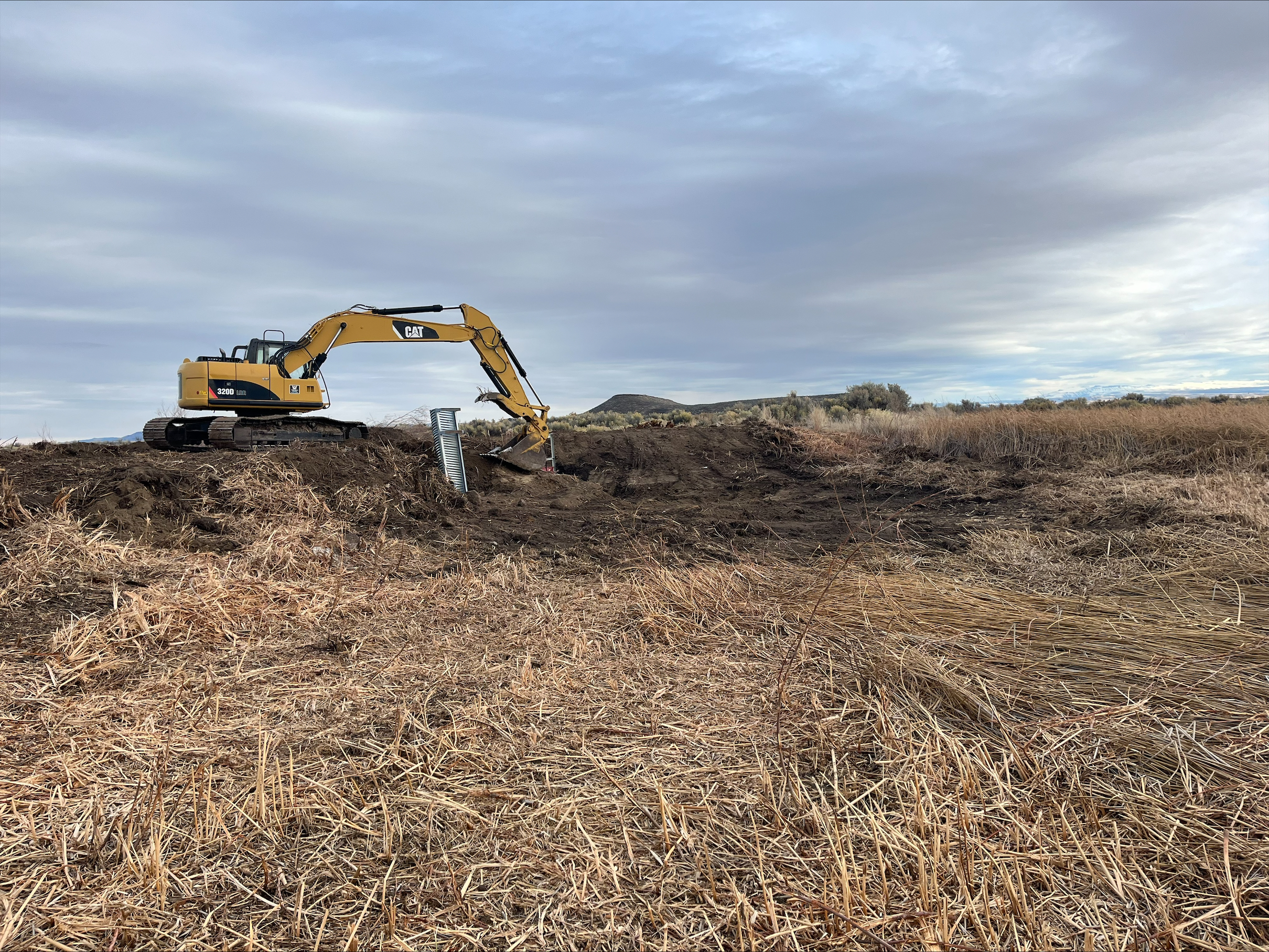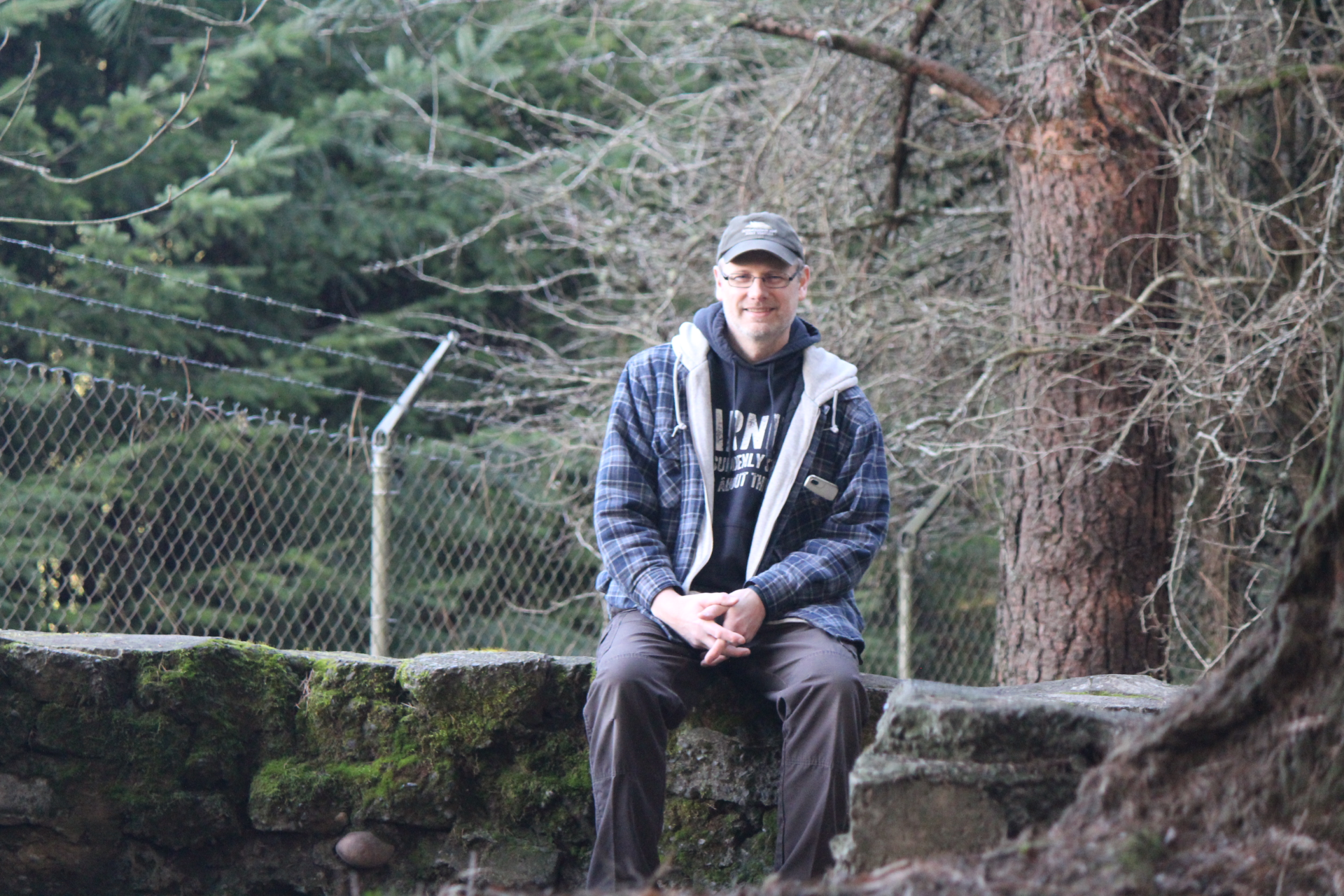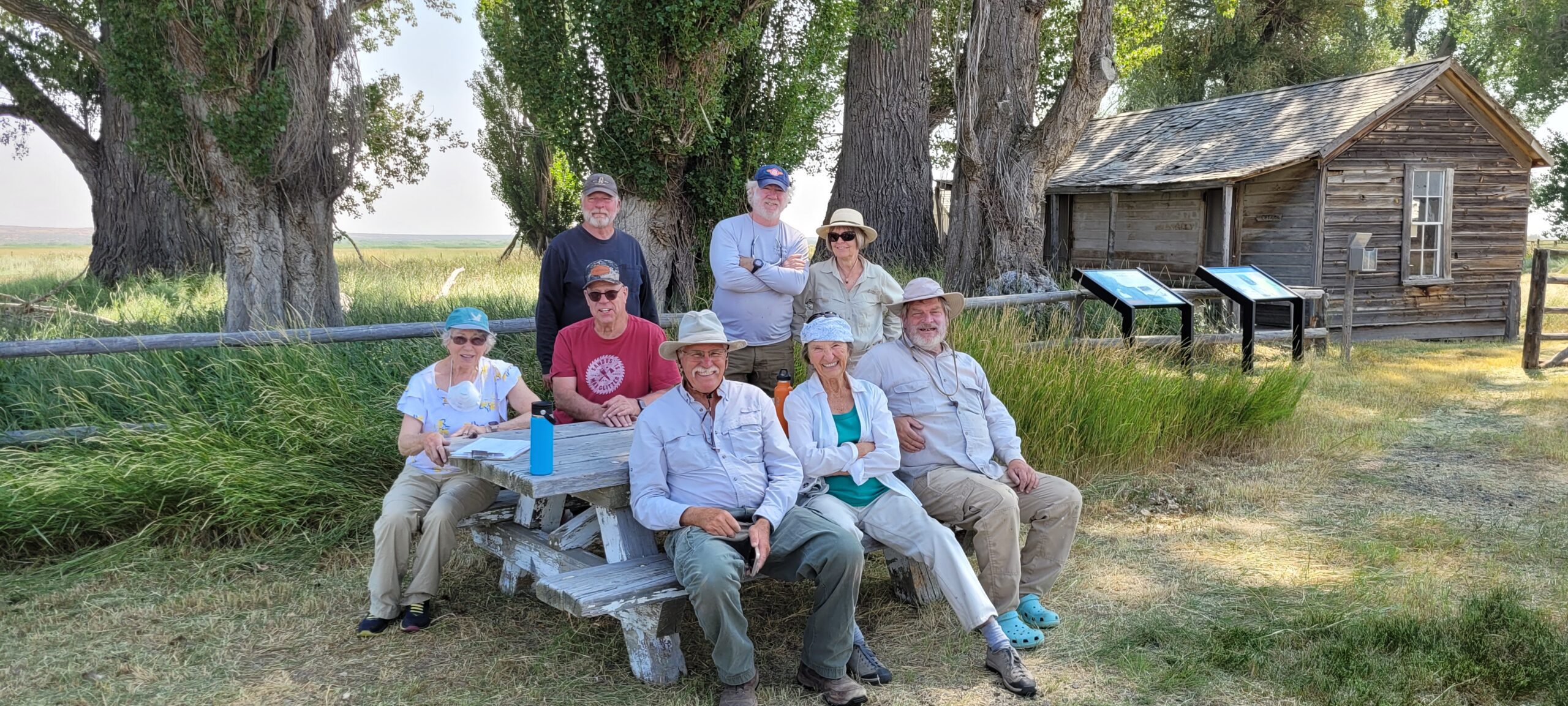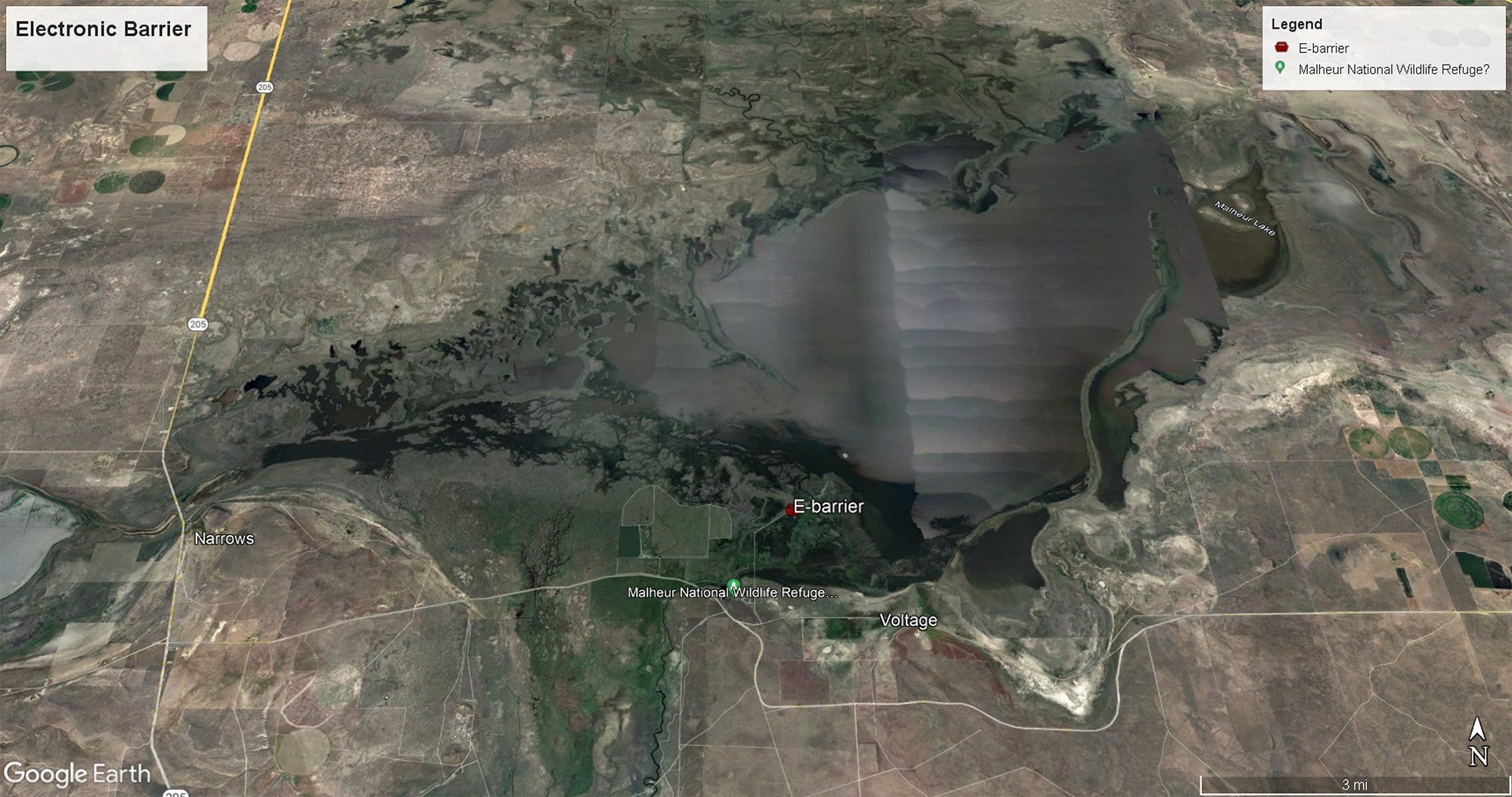Hello Friends,
If you’re reading this, then I’m confident that you read the article in last month’s newsletter about my retirement. If by chance you missed it, the short version of the article is that I retired on May 31. My career with the U.S. Fish and Wildlife Service, spanning nearly four decades, took me to six National Wildlife Refuges in the western United States, including throughout California, Alaska, Nevada, and of course in Oregon as well as positions at two Wildlife Research Centers (Patuxent WRC and Northern Prairie WRC). Positions I was employed in ranged from Biological Science Aid to Project Leader. Over the years much of my duties involved studying waterfowl, waterbirds, and shorebirds, managing wetland habitats for these species, and writing reports and management plans. Lately, my duties largely involved providing guidance to Refuge staff as well as engaging with partners and stakeholders in a leadership and collaborative capacity. Mine is a wonderful career and a life well lived and there is an abundance of memories to carry me happily forward in retirement.
In my waning days at Malheur NWR, I got to spend a few hours in an airboat on Malheur Lake. I saw an abundance of marshbirds, white-faced ibis attempting to nest on Russian thistle (tumbleweed), clear water, and, as a silver lining of the recent severe drought, new emergent plant growth. Restoration progress! What I did not see was evidence of invasive common carp. I know this is only temporary as they are still entrenched in basin waters and will rebound eventually. To me this is validation that our collaborative efforts, together with the forces of nature, will enable the marsh to resemble its former ecological glory!
Out on the lake, I was reminded of the continual journey to restore Malheur Lake that many truly dedicated Refuge staff and partners began years ago and that continues with more clarity today. I reflected on my own journey in the National Wildlife Refuge System and the work I’ve been privileged to have been a part of. As Norman Mclean wrote in “In A River Runs Through It”, Eventually, all things merge into one, and a river runs through it. The river was cut by the world’s great flood and runs over rocks from the basement of time. On some of the rocks are timeless raindrops. Under the rocks are the words, and some of the words are theirs.” The true essence of managing National Wildlife Refuges is building on the work of others (their “words”) who came before us. Foundational and progressive accomplishments (the “rocks”), accumulating across time, advances our understanding and ability to effectively manage waters and lands in a dynamic ecological system where all things (“raindrops”) are interconnected and where change (”the world’s great flood” ) in the system will likely alter the path of the entire system. I was in a better space to achieve success during my career because I did not have to start in the “basement of time”. In modern times, none of us do and this enables the path of progress to evolve and advance to achieve successful outcomes.
As I observed while on Malheur Lake and fortified by the strong dedication and support of everyone concerned about it, as well as a better scientifically-based understanding of the system, there is hope for restoration of clear water and the emergent marsh that existed not too long ago. Birds of the Pacific Flyway need their marsh restored. People need their marsh restored. I am confident that all of us working together and remaining dedicated to the singular goal, the marsh will be restored.
Thank you, Friends, for your steadfast and strong support of the Malheur National Wildlife Refuge.
My “river” continues to run, and I am your faithful and grateful federal civil servant,
Jeff Mackay
Retired Malheur NWR Project Leader
Photo of clouds reflected in the Blitzen River by Alan Nyiri


